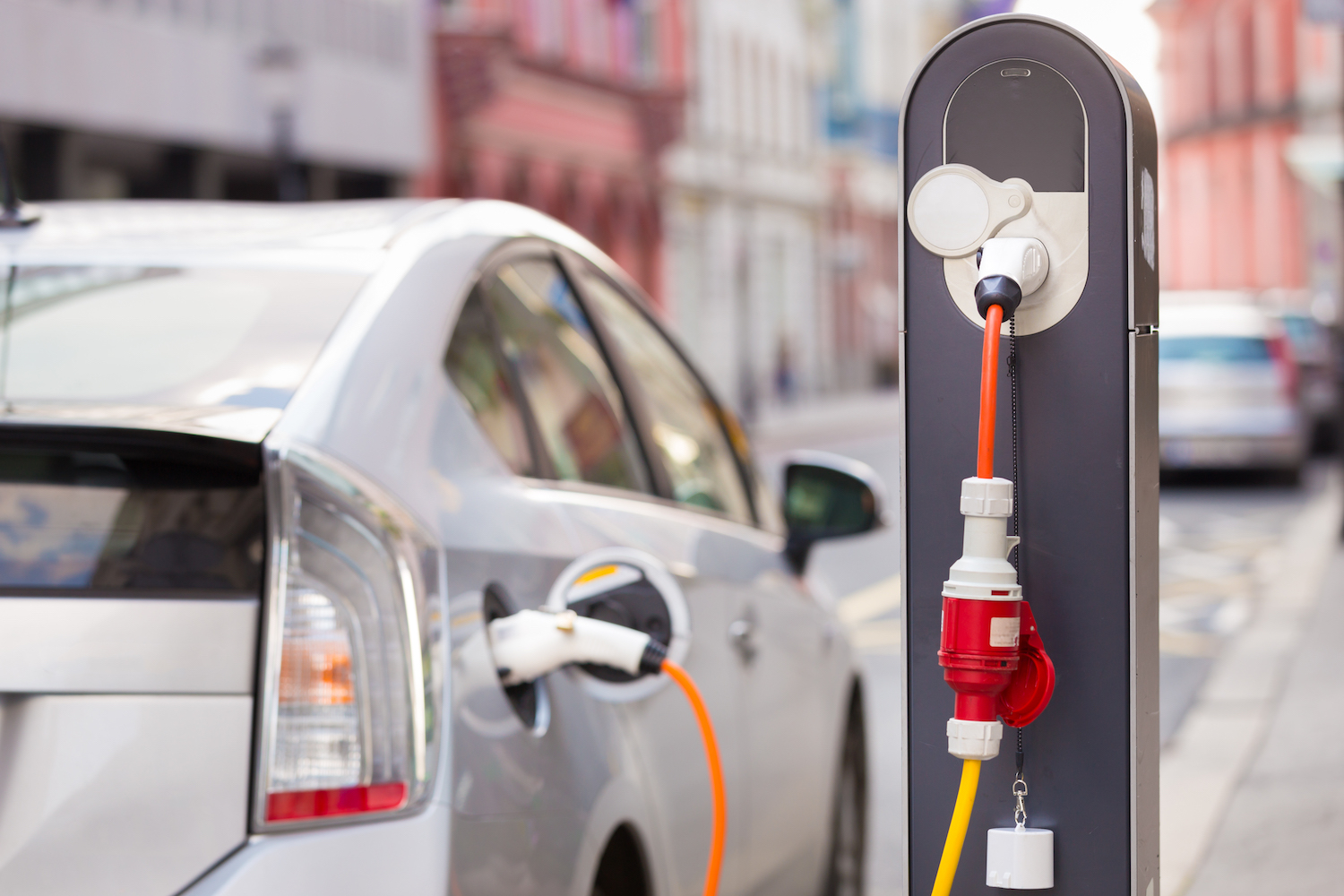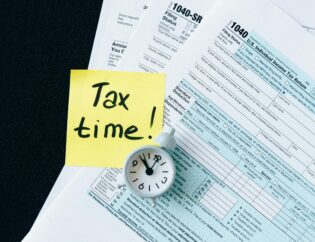
There has been a tax credit for electric vehicles (evs) for over a decade. Basic qualifications for evs are four-wheel vehicles with a gross weight of less than 1,400 pounds with a 4-kilowatt-hours battery that may be recharged with an external source. The vehicle must be purchased in or after 2010. The person must drive it in the same year they claim the credit. The credit range currently is from $2,500 to $7,500.
On August 16, 2022, President Biden signed the Inflation Reduction Act of 2022. This act’s key components focus on clean energy credits. The Electric Vehicle Tax Credit under the 30D section is only available for qualifying evs. The Department of Energy provides a list of 2022 and 2023 year models that may meet the final assembly requirements, which need to occur in North America. Inserting the vehicle identification number (VIN) into the VIN Decoder website will determine if you qualify for the tax credit. The Inflation Reduction Act’s tax credit new eligibility rules will be in effect starting in 2023. The total amount of credit allowed for a vehicle for 2023 is limited to $7,500, up to $7500 for a new ev, and up to $4000 for a used ev. More information about the Inflation Reduction Act’s Electric Vehicle Credit will be given in the future.
Keep up with L. V. Browne, CPA to find out more on the Electric Vehicle Credit’s increased benefits. If you want to learn more about the Electric Vehicle Credit, please schedule a meeting with Lakeesha Browne, CPA, here: calendly.com/brownecpa.
Work Cited
“Plug-in Electric Drive Vehicle Credit at a Glance.” Internal Revenue Service, 17 August 2022, https://www.irs.gov/credits-deductions/individuals/plug-in-electric-drive-vehicle-credit-section-30d. Accessed September 4, 2022.










